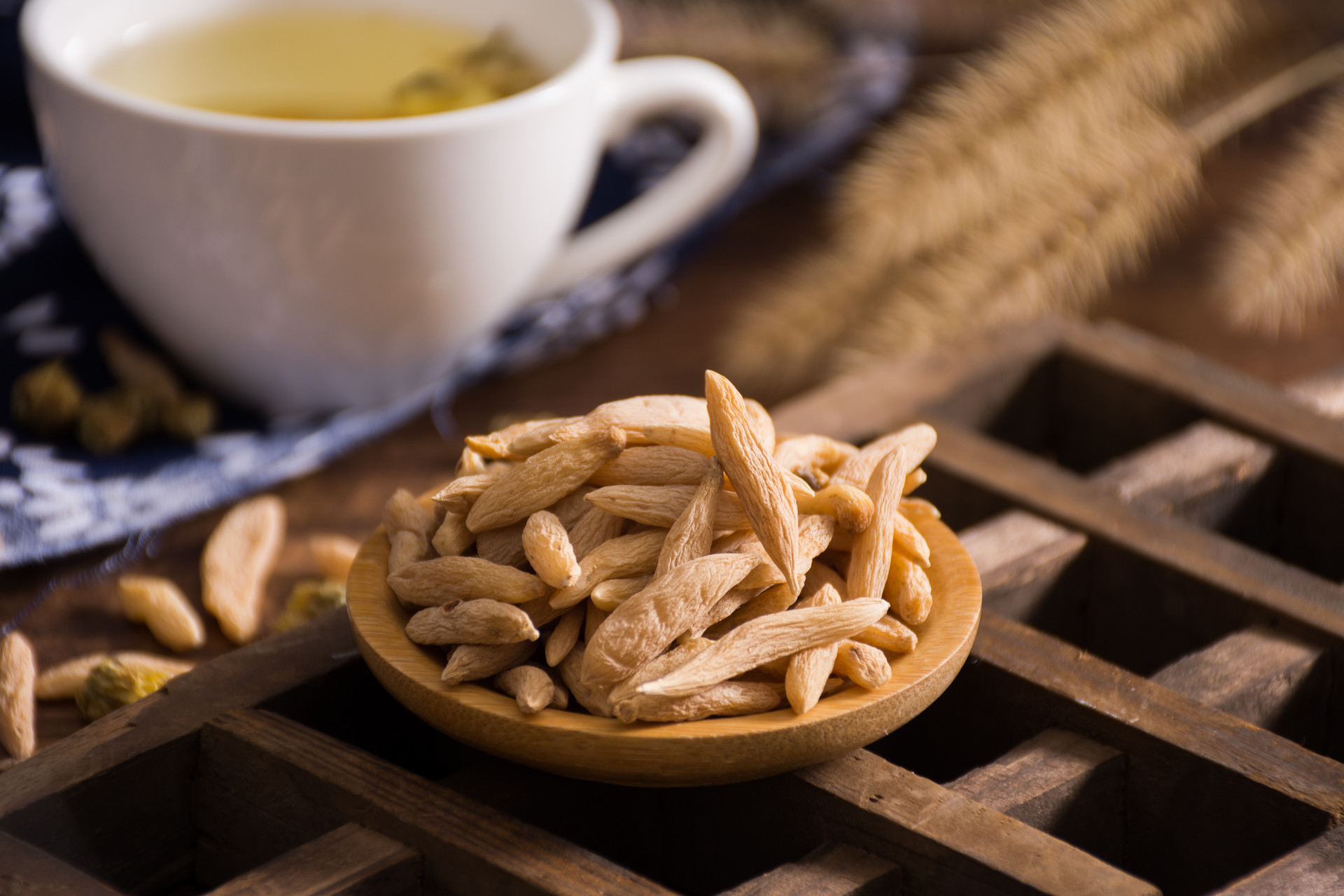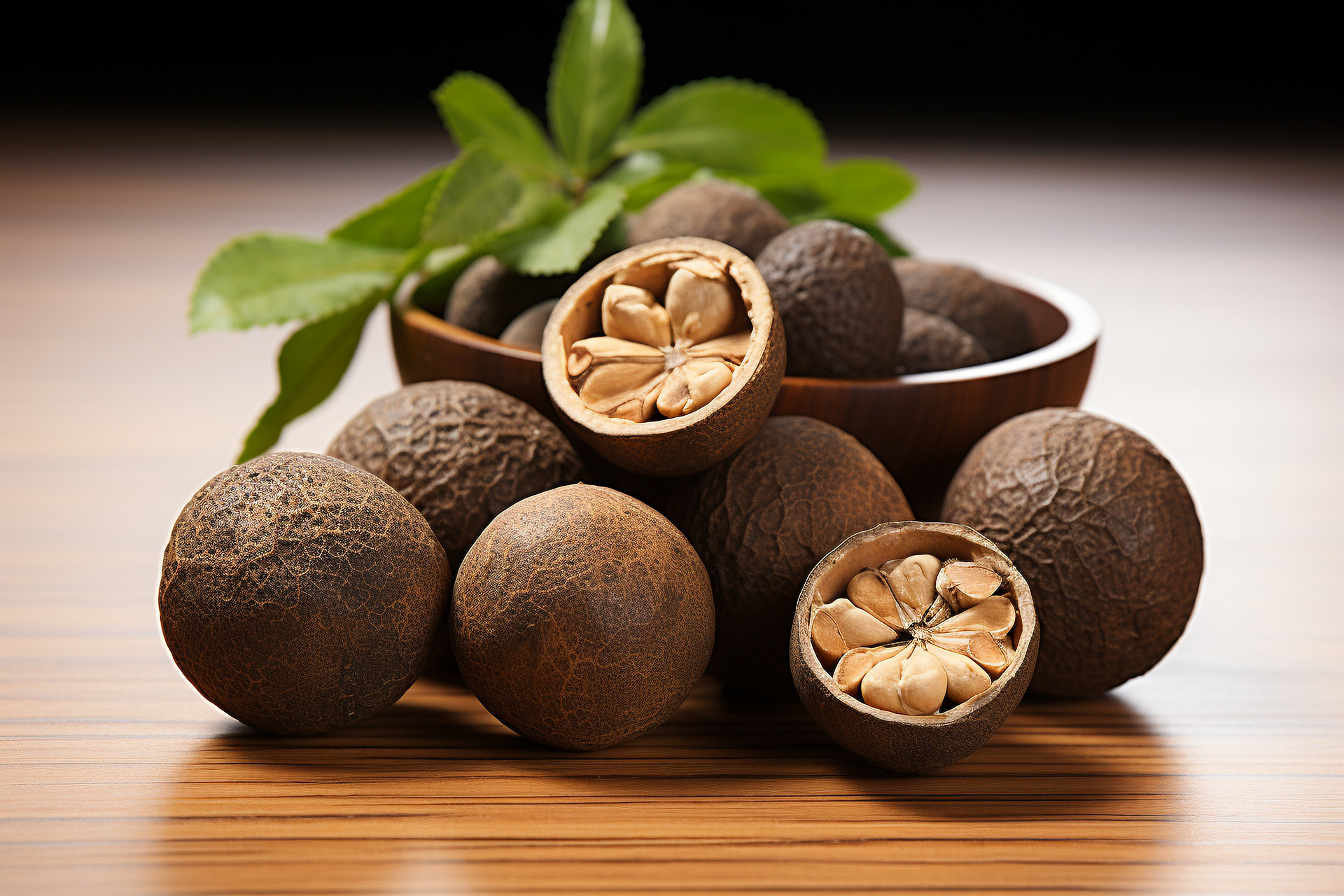
As a traditional precious Chinese medicinal material, deer antler has the effect of invigorating yang, but it grows slowly and is expensive. There are many counterfeit deer antler products on the market, either of inferior quality or fake.
Identifying Genuine Deer Antler
Deer antler is mainly harvested from the heads of sika deer and red deer. The former is called hua lu rang or huang mao rang, and the latter is called qing mao rang. Depending on the harvesting method, it can be divided into two types: cut antler and sawed antler. It can also be classified into different types based on the number of branches and the age of the antler, such as single branch, double branch, hanging branch, three forks, four forks, and lotus flower, etc.
With so many classifications, how can we distinguish when making a purchase? The key is to understand the parts from which the deer antler slices are taken.
From top to bottom, deer antler can be divided into wax slices, white powder slices, red powder slices, blood slices, and bone slices. The higher up, the higher the price. Therefore, it is important to clarify what part you are buying when making a purchase. Although they are all called deer antler, there is a big difference in price.
The main differences between hua lu rang and qing mao rang are as follows: hua lu rang slices are relatively round and thin, with a thin and shiny outer layer, and yellow hair can be seen on the cross-section, with fine honeycomb-like holes. Qing mao rang slices are relatively large and thick, with a thick outer layer or occasional bone, and the honeycomb-like holes are larger.
Identifying Fake Deer Antler
How can we identify fake deer antler slices? Currently, there are three main types of counterfeit deer antler slices on the market:
1. Substitute with deer horn slices.
Deer horn slices are old horns that have already ossified, and their effectiveness is much worse than deer antler. The key points for identification are:
1. Deer horn slices can have round, crescent-shaped, or irregular shapes, while deer antler slices are mostly round or oval.
2. The edges of horn slices are highly keratinized and may even have tooth-like protrusions, while antler slices have a lower degree of keratinization and no protrusions.
3. The periphery of horn slices is white, and the center is brownish-yellow, while antler slices do not have a white periphery.
4. The holes in horn slices are large and often have fractures, with some holes filled with black-brown material.
2. Substitute with the fur of other animals (such as pig skin), wrapped with animal blood or bone glue, and cut into thin slices to impersonate deer antler.
The main differences between it and genuine deer antler are: it is heavy and hard, not easy to break, the cross-section is brownish-purple, without honeycomb-like fine pores, the fur wrapped on the surface can be peeled off, and it has a fishy smell and a weak taste, while genuine deer antler has a slight fishy smell and a salty taste.
3. The outer layer is genuine deer antler slices, filled with other substances. Extracted deer antler powder from pharmaceutical factories is dried, mixed with egg white, and wrapped in deer skin to make thin slices. This kind of product does not have honeycomb-like pores on the cross-section, the outer skin has no fur, and it has a sticky feeling on the tongue. It can be identified by the water method: genuine deer antler slices do not deform when soaked in water, do not break when stirred and heated, and do not become soft or sticky when boiled. However, this kind of product melts in water and cannot maintain its shape.
In addition, counterfeit deer antler products made through processing use chemical solutions to remove the blood circulation in deer antler, making the antler slices appear white. Compared with genuine deer antler slices, they are unusually white and unnatural, and even the black color of the bone part at the base of the antler cannot be found. It has no salty or fishy taste and gives a shrinking sensation on the tongue.
The above are some simple and practical methods for selecting and identifying deer antler. By learning more about them in our daily lives, we can avoid being deceived and minimize losses.











